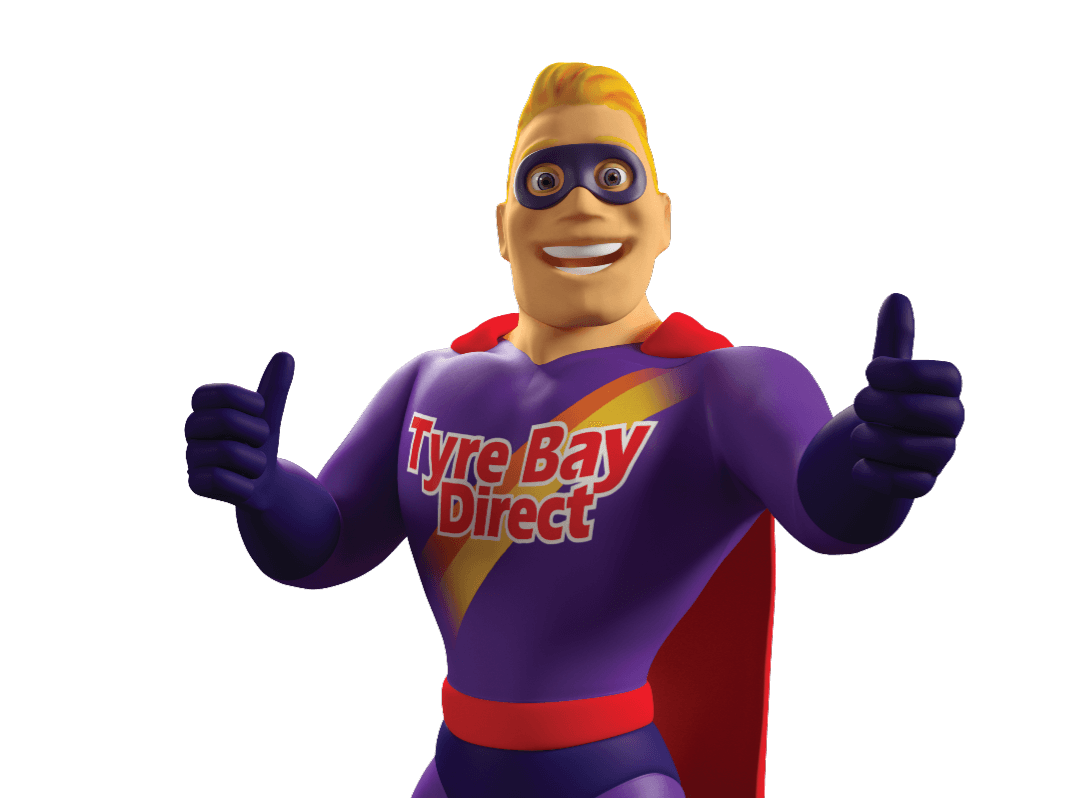Compressors
Types of compressor – Screw vs Piston
How Can We Help?
Workshop compressors come in all shapes and sizes & the way in which they deliver the compressed air varies.
In this article, we will be looking at the 2 most common types, Piston Compressors and Screw compressors
Piston Compressor
Piston compressors operate through a positive displacement of air. In other words, pistons are driven by a crankshaft which compresses the air coming in through the manifold.
As the piston moves up and down air is drawn in through the inlet port. It then moves back into the chamber, compressing the air inside while the flow valves close the inlet port and opens the outlet port.
Piston compressors are generally noisy and inexpensive, with a limited lifespan especially if not maintained properly.
Silenced versions are available but are considerably more expensive.
Screw Compressor
Screw compressors again use a positive displacement method. They are normally used in situations where there is a requirement for a much greater volume of air supply. The air is compressed by means of two meshing helical screws, known as rotors. There can be oil and oil-free versions of this compressor. Its operation makes for a compact but efficient compressor.
The rotary screw compressor is normally much quieter than the piston compressor with the ability to provide much greater outputs.
What compressor should I get?
Find out more about which air compressor is right for you by calling our equipment experts on 01527 883 580. There is also plenty more online including full technical specifications & dimension on each product.

